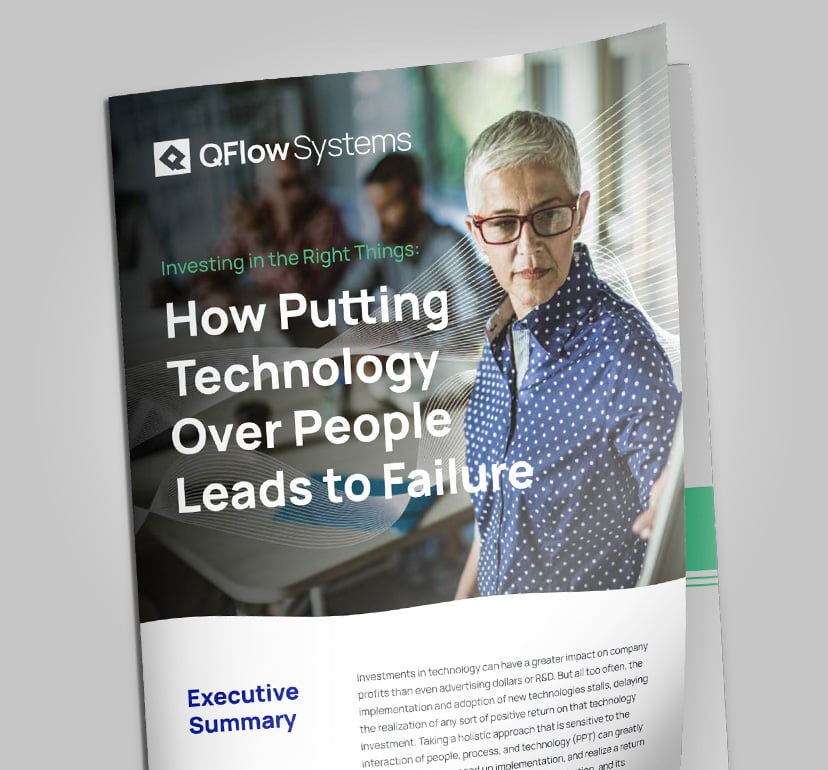It wouldn’t be an understatement to say that Artificial Intelligence (AI) and Machine Learning (ML) have radically changed how organizations of all kinds get work done. But while chatbots and autonomous machines grab the headlines, the real uptake of AI and ML technology is in more mundane, everyday tasks—especially when it comes to document management and organizational workflows.
In fact, AI and ML are already mature technologies when it comes to records management, even though their potential to help government organizations become more efficient remains, for the most part, largely untapped.
All it takes is a few examples and a little imagination to see that AI and ML are not just hype but an essential part of efficient government operations.
What Are AI and ML? And How Are They Used in Document Management?
Artificial Intelligence is a broad term for efforts to simulate or replicate human intelligence in computers or other machines. While early AI researchers thought this could be achieved relatively quickly, the challenges involved made it more of a sci-fi dream than a market-ready technology. And so, for the past few decades, AI researchers have pivoted from replicating intelligence writ large to solving very specific sorts of problems in intelligent ways using machines.
These efforts gave rise to machine learning: The use and development of computer systems that can learn and adapt without having to follow explicit instructions or programming. For example, most ML technology uses statistical models to extract patterns from large data sets and draw inferences. This has led to huge leaps in machine-enabled image recognition, natural language processing, categorization, decision making, and more.
All of this might seem pretty far from the realm of managing documents. But consider what a human being might do with a document that lands on their desk:
- They might glance at it to see what sort of document it is (a form, a letter, an invoice, etc.)
- They might skim the document for keywords that could indicate what the document is about and who would need to see it
- They might check the source or origin of the documents and prioritize appropriately
- They might put additional labels or commentary in the document
- They might store the document for safekeeping
- They might share the document with relevant parties or move the document to the next stage of its workflow
All of these activities require the same sorts of cognitive skills that we have training AI technologies to perform: Image recognition, natural language processing, categorization, and decision making.
Even more importantly, a given person would, over time, get better at the above activities as they deal with more and more documents—in short, they learn how best to handle those documents and thus become more efficient. This is where machine learning comes in: Finding faster and more efficient ways to process documents, categorize their content, and optimize the overall workflow.
Three Use Cases for Government
How would this technology be useful for government agencies specifically? Here are three use cases based on our own experience with government agency workflows:
1) Automating Front-end Processes and Document Ingestion
One of the most time-consuming tasks in document management and records management is ingestion—that is, digitizing documents, putting them into a system, and then labeling, categorizing, and indexing them.
Much of this work can be automated with AI and ML technologies. For example, an AI system could analyze digitized documents, drawing out keywords, phrases, and pieces of data that can be used for further tagging and indexing.
QFlow set up a system like this for the USDA’s Rural Development Agency. The agency maintains a portfolio of over 800,000 loans for low- to moderate-income housing in rural areas; needless to say, it needed a way to streamline its work with these loans. QFlow implemented an imaging system that scans documents and helps maintain the workflow around them, saving the agency hundreds of thousands of dollars.
Not all documents have to come from a single source, however. AI systems can be designed to analyze documents ingested from several sources, including faxes, emails, scanned documents, and so on.
2) Streamlining Correspondence and Priorities
Streamlining correspondence, both from the public and from public servants, can be a big time-saver. Letters to an agency can come from anywhere, and they often do. Some letters are high priority, some less so. Some require a customer response, and others do not. For example, QFlows work with the USDA also includes a correspondence system for the Office of the Executive Secretariat (OES); this system processes thousands of letters every week, all from different sources and different areas of the country. How does an agency manage this kind of volume?
In a system like this, an AI module could “read” the letters automatically and determine what to do with them. For example, suppose the AI recognizes that a particular letter comes from the office of a congressman and that it refers to food safety. The agency will need to take this seriously and act quickly. The AI can route the document to the appropriate food safety agency and mark it as a high priority, given the sender’s status.
3) Identifying Duplicates and Spamming
Let’s take an opposite example: Say that the agency receives several similar letters. The AI analyzes them and recognizes that they are all based on a single-form letter—the agency is basically being spammed by a special interest group from several different states. The system can group these letters together so that the agency can handle them all at once, as a group, with their own consistent form letter.
Getting AI/ML Capabilities Through Strategic Partnership
QFlow has already increased the automation of several government agencies and is now bringing further content extraction and analysis capabilities using AI, ML, and natural language processing technologies with its flagship product, Q-Action.
Many of these capabilities are made possible by QFlow’s partnership with Microsoft. Microsoft’s Azure platform offers a number of advanced machine learning capabilities and can work seamlessly with Sharepoint and other document repositories.
The benefit of working with QFlow is that it provides a seamless experience for your employees, no matter where your documents are kept: A Sharepoint server, a Q-Action repository, or even hard copies kept in a filing system. Everything will be organized similarly, with an intuitive and consistent user interface, making their jobs much easier.
If you want to learn more about Q-Action for your agency or agency partner, you can connect with an expert to request your demo.
Not ready to commit to a demo yet? Enjoy some free content on us: Our Guide to the 2022 NARA Compliance Deadline.

